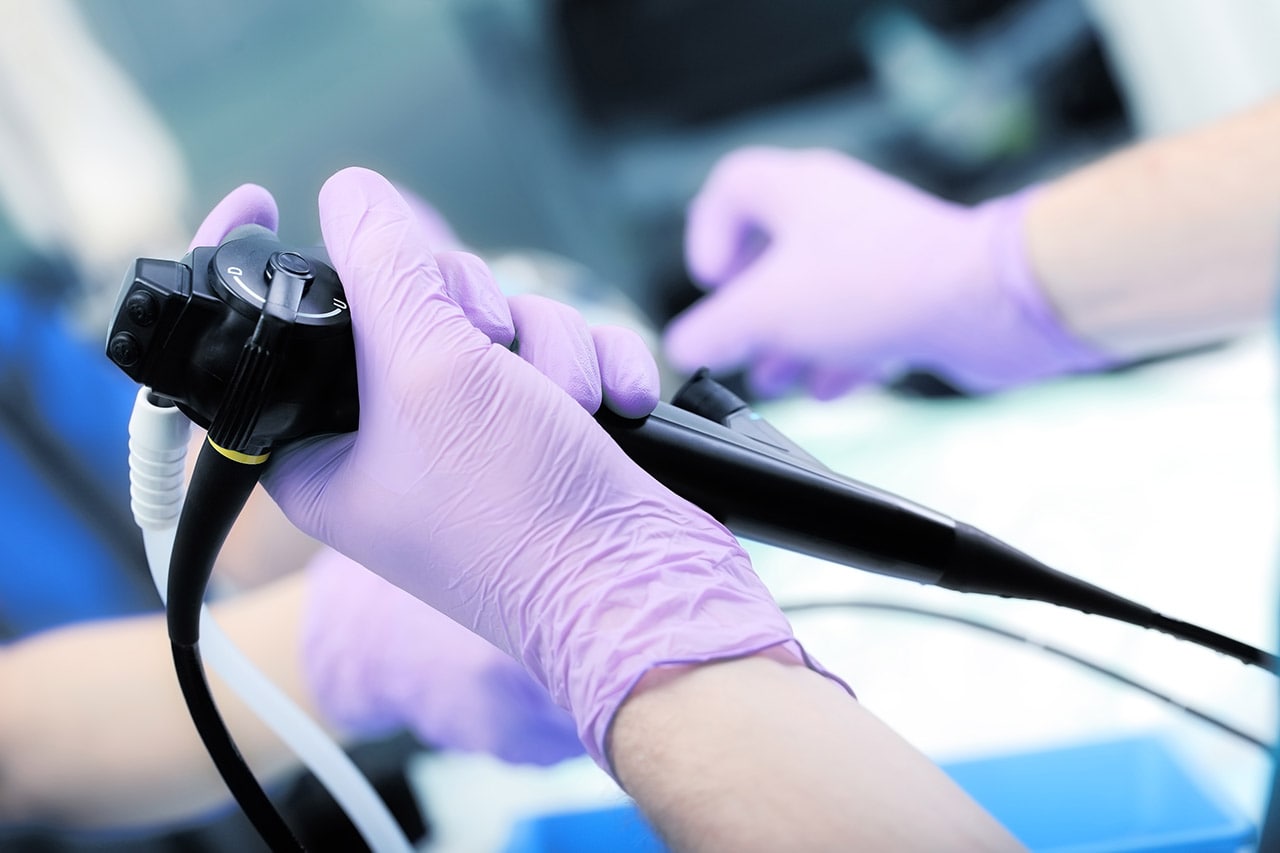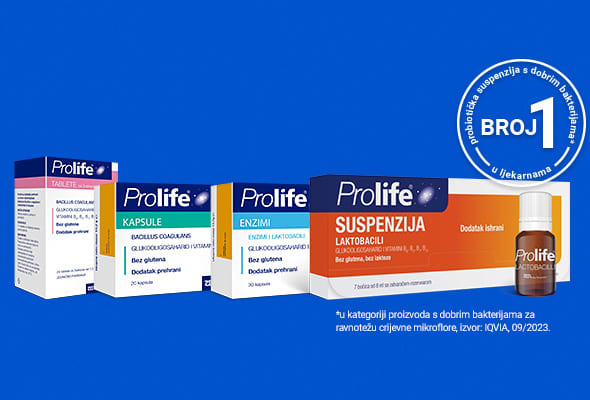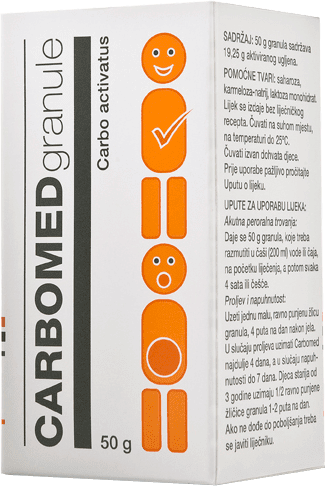The spreading of H. pylori has not yet been fully explored. Previous studies suggest that infection is spread directly from an infected onto a healthy person, however, transmission from infected food or water and animals is also possible. The infection is more prevalent in people living in poor socio-economic conditions. It is estimated that more than 50% of the adult population in developed and 80% to 90% of the population in developing countries are infected.
Infection with H. pylori bacteria starts when the bacteria penetrates the digestive system. If not treated, H. pylori infection in most patients lasts for a lifetime.
Infection with H. pylori is an important risk factor for stomach and duodenum ulcers. The infection with H. pylori increases the risk of developing ulcer disease 4-10 times, and 80% to 85% of patients with stomach ulcers are infected with this bacteria. The bacteria is present in as much as 90% to 95% of patients with duodenum ulcers. Infection with H. pylori also plays a significant role in the development of stomach cancer, and is also associated with a rare type of lymphatic cancer called MALT lymphoma. The relationship between H. pylori infection and gastroesophageal reflux disease is very complex and not fully explored.
There are several diagnostic procedures that can be used to determine infection with the H. pylori bacteria. One group of procedures indirectly proves that the bacteria is present in the body. This group of procedures includes:
- Urea breath test – proves the presence of bacteria in the stomach through activity in the decomposition of urea. The test is simple, reliable and is carried out on samples of exhaled air before and after taking the 13C urea solution.
- Examination of the blood or saliva samples – proves the existence of specific antibodies in blood or saliva of an infected person. Given that the antibodies may be present in the body for years after curing the H. pylori infection, this method is not used to determine the success of treatment of this infection.
- Stool test – proves the existence of antigens in the stool of patients.
Another group of diagnostic procedures is performed during specialist gastroenterological treatment which involves endoscopic examination of the oesophagus, stomach and duodenum. During endoscopic examination tissue samples are taken and the laboratory test proves the presence of these bacteria. This way of proving the presence of bacteria in the body is recommended for all patients who have symptoms suggesting infection, and are older than 45.

In patients who have severe abdominal pain, signs of bleeding (vomiting blood or black stools), anaemia, unexplained weight loss, difficulty or painful swallowing of food, it is necessary to perform specialized gastroenterological tests, including endoscopic examination of the oesophagus, stomach and the duodenum.
Treatment of the H. pylori infection is recommended for all patients with diagnosed infections and ulcers (gastric or duodenal). Treatment of the infection is recommended for all patients who, due to gastroesophageal reflux disease, require long-term or permanent treatment with anti-secretory drugs (the so-called PPIs – proton pump inhibitors). Treatment is also recommended for patients with severe cases of chronic gastritis and in patients before the introduction of long-term drug therapy in the group of NSAIDs.
pylori bacteria infection is treated with drugs that kill pathogens and reduce stomach acidity. It is carried out by a combined triple therapy containing a strong anti-secretory drug (the so-called proton pump inhibitor), which reduces stomach acid, and two antibiotics. The treatment lasts for 7 days, after which it usually continues with an anti-secretory medication for another three weeks.
Given that multiple drugs are administered simultaneously, very often there are side effects: diarrhoea, nausea, problems with taste, bloating, etc. A simultaneous use of probiotics is therefore recommended.
After treatment, a check-up for determining the success of the treatment is recommended. The urea breath test or the test detecting antigens in the stool is conducted, no sooner than six weeks after the therapy. In case of unsuccessful treatment, triple therapy is usually repeated with another combination of antibiotics.










